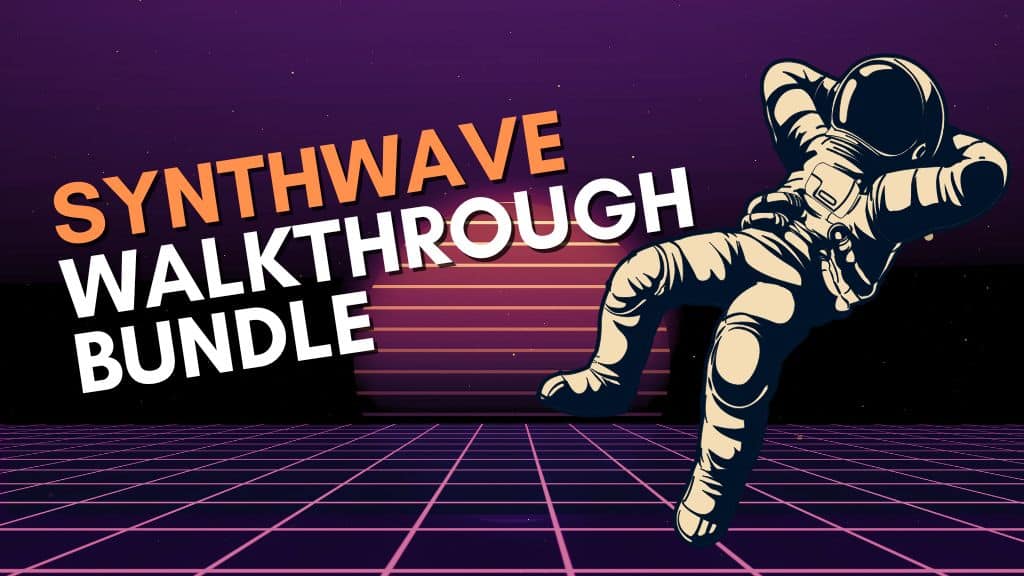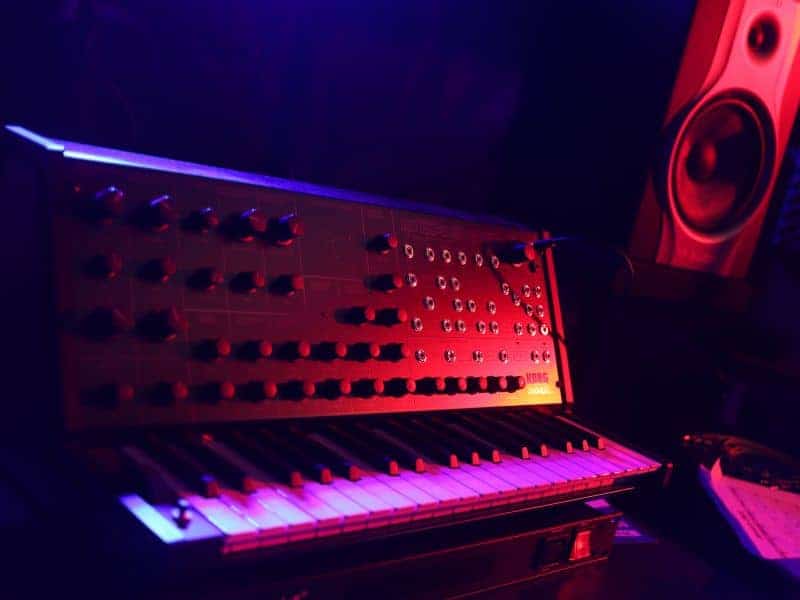In the realm of electronic music production, particularly within the vibrant genre of synthwave, the debate between analog synthesizers and digital VSTs (Virtual Studio Technology) has been an ongoing conversation among producers and enthusiasts. Synthwave, characterized by its nostalgic nod to the sounds of the 1980s, often relies heavily on synthesizers to create its distinctive atmosphere. But the question remains: Are analog synthesizers truly superior for crafting authentic synthwave music compared to their digital counterparts?
Analog synthesizers, with their rich history and tangible components, evoke a sense of nostalgia and authenticity that resonates deeply with many synthwave producers. These instruments utilize physical circuits and voltage-controlled oscillators to generate sound waves, resulting in a warm, organic tone that is highly sought after in the genre. Moreover, the tactile nature of analog synthesizers, with their knobs, sliders, and buttons, encourages a hands-on approach to sound design, allowing for intuitive exploration and creative expression.
On the other hand, digital VSTs offer a wide array of conveniences and capabilities that analog synthesizers cannot match. With the advancement of technology, VST developers have been able to emulate the characteristics of analog synthesizers with remarkable accuracy. Digital synthesizers provide producers with unlimited flexibility, offering an extensive range of sounds and effects that can be tweaked and manipulated with precision. Additionally, the accessibility and affordability of VST plugins make them an attractive option for producers working within budget constraints or limited studio space.
So, which is truly better for creating synthwave music? The answer ultimately depends on the preferences and workflow of each individual producer. Analog synthesizers undoubtedly possess a certain charm and character that can enhance the authenticity of synthwave compositions. The imperfections and idiosyncrasies of analog circuits contribute to the genre’s retro aesthetic, evoking the nostalgic feel of vintage synthesizers from the 80s.

However, it would be remiss to discount the capabilities of digital VSTs in the realm of synthwave production. With careful attention to detail and skillful programming, digital synthesizers can rival their analog counterparts in terms of sound quality and versatility. Moreover, the convenience of digital plugins allows producers to access a vast library of sounds without the limitations of physical hardware.
In the end, the choice between analog synthesizers and digital VSTs is a matter of personal preference and creative vision. Some producers may prefer the tactile experience and sonic warmth of analog instruments, while others may gravitate towards the flexibility and convenience of digital plugins. Ultimately, what matters most is the ability to harness the tools at hand to bring forth the nostalgic and evocative sounds that define the essence of synthwave music. Whether analog or digital, both avenues offer boundless opportunities for creativity and expression in the ever-evolving landscape of electronic music production.
Recent Posts
The Synthwave Song Writing Start to Finish Guide: Getting That Warm, Analog Sound In the Box
If you’re making synthwave, you’ve probably fallen in love with the sound of the 1980s:Warm synths, punchy drums, saturated tape textures, and a glowing analog aesthetic that feels nostalgic and...
What’s the Most Frustrating Part of Making Music And How to Overcome It
Music creation can be one of the most rewarding forms of self-expression. But let’s be honest—it can also be maddening. That moment when inspiration strikes… only to be blocked by technical...

